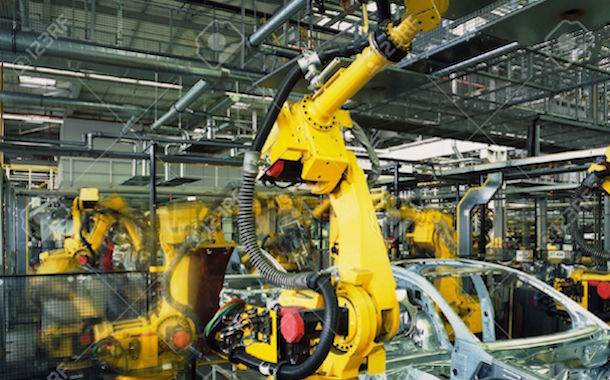Digital Disruption and Transitions on the Workplace
In the lead-up to our “Organised Disruption” event tomorrow, we’ve put together some of the highlights of our series on #Uberization that we’ve been running on social media for the last month.
Our Reform Agenda Series event will discuss how we can transition to the new digital economy without undermining working conditions and our quality of life. How can we make the digital economy work for people?
Here are what we think are some of the best bits of our #Uberization series:
—
Great background piece on the history of disruption from Rear Vision on Radio National: Disruption Obsession.
Over the last 250 years, disruptive technologies have appeared about every 50 years – canals, railways, steel & heavy industries, oil and automobiles, etc. Are we just seeing the same thing repeated? Are taxi drivers protesting Uber just another incarnation of the Luddites protesting power looms?
There is a tendency for each generation, and each revolution, to think it is different. But are we genuinely seeing something different this time? Martin Ford, author of Rise of the Robots, argues that it might be a new kind of disruption.
In the past, computers have complemented workers: now they can replace us altogether. It’s not confined to one industry but has the potential to disrupt our entire system. Moreover, robots are not now just replacing manual labour, but cognitive and analytical functions as well.
The projected statistics on job losses from automation seem to indicate a massive, and concerning, shift. PwC report, A Smart Move, estimates that as many as 5.1 million jobs, or 44% of current jobs, are at risk from digital disruption in the next 20 years. The Committee for Economic Development for Australia (CEDA) backs up these findings in their report, Australia’s Future Workforce?. They find a high probability that 40% of Australia’s workforce could be replaced within the next 10 to 20 years. With a quarter of Australians employed in jobs involving driving, the advent of a driverless car would also have a profound effect on employment.
And by workers, we have to come to understand we are not just meaning manufacturing jobs or taxi drivers. In a very short period of time robots will be doing more than just building or driving cars – they will be providing investment advice and performing medical surgery.
But a recent McKinsey Report argues that focusing on actual occupations is misleading, instead we should be looking at activities. Certain activities in all jobs will be automated, which will redefine jobs, much like how the job of bank teller was redefined by ATMs. Their analysis finds that fewer than 5% of jobs can be entirely automated currently, but 60% of current jobs could have 30% or more of their activities automated. This is a positive, they argue, because it will amplify the value of expertise, and free workers to focus on higher-value work.
This is in the same vein as Wired, who have put together the 7 stages of automation – a checklist workers should run through as they see the boring bits of their jobs automated. They are:
1. A robot/computer cannot possibly do the tasks I do.
2. OK, it can do a lot of them, but it can’t do everything I do.
3. OK, it can do everything I do, except it needs me when it breaks down, which is often.
4. OK, it operates flawlessly on routine stuff, but I need to train it for new tasks.
5. OK, it can have my old boring job, because it’s obvious that was not a job that humans were meant to do.
6. Wow, now that robots are doing my old job, my new job is much more fun and pays more!
7. I am so glad a robot/computer cannot possibly do what I do now. [Now start again.]
Being freed from grinding and repetitive work is a great win for workers, but if we also get insecure work, low-wages and no workplace rights, then the price is too high. This intersection between the opportunities technology can give to workers and the risks it poses to our way of life, is the crucial point for social democrats.
Uber is held up as the poster child for this kind of disruption. It has shaken up a closed market, offering consumers choice and convenience, and giving drivers flexibility. However, Uber is also the perfect example of the casualization of the workforce, and of employers offloading responsibilities and costs onto workers. Guy Rundle has argued that this is what the next wage of digital tech will bring us – a challenge to our work and life dressed up as “liberation”.
Ultimately, we need a policy plan to manage such a massive transition. Interestingly Jeremy Rifkin, author of The End of Work, says he spends a lot of time with business leaders and governments, and he says he asks, do you have another plan for the future of your economy, the future of employment? They never do, he says.
Dennis Glover this year told the very personal story of what happens to communities when there is no plan to manage the disappearance of jobs, in An Economy is Not a Society. Â We can actively build an economy that works for people by managing this transition and sharing the “digital dividend”. We look forward to talking through these issues tomorrow with Mark Carnegie, Tony Sheldon and Per Capita’s David Hetherington.

